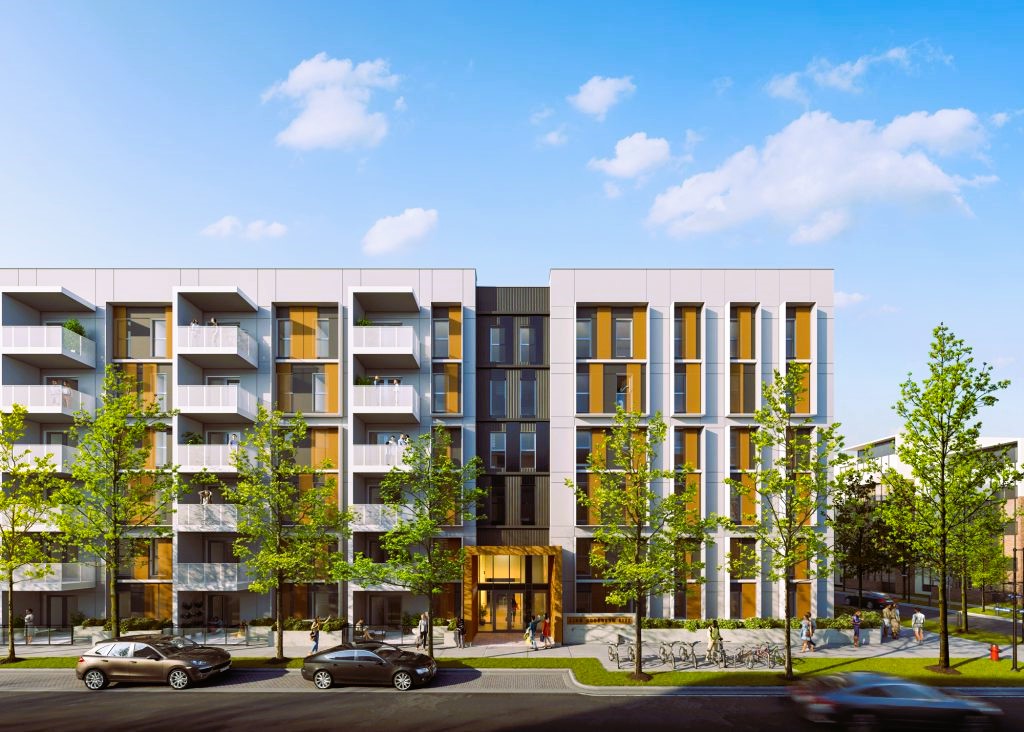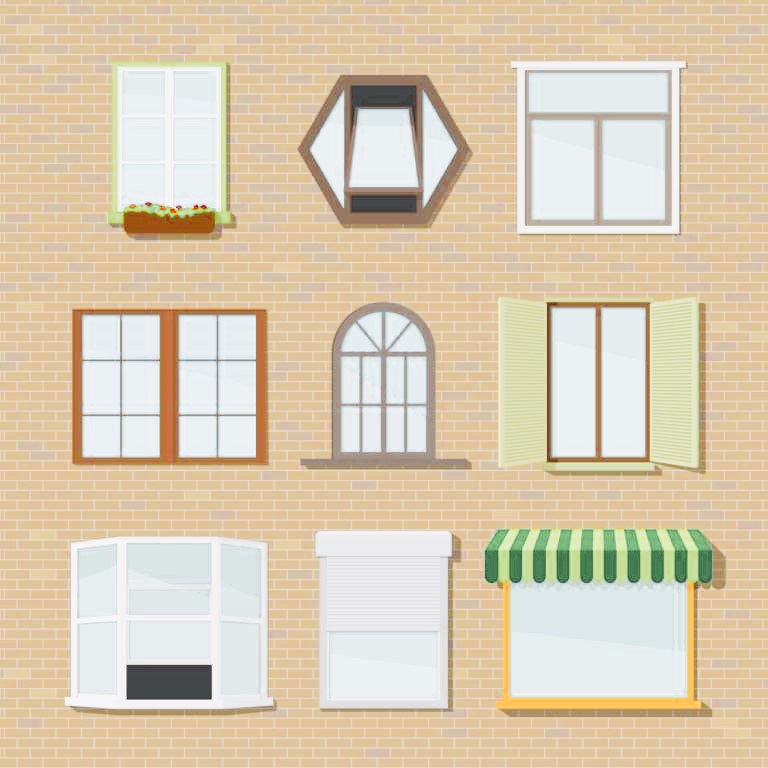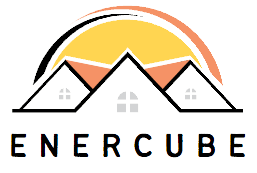Passive solar heating is a sustainable and energy-efficient way to heat homes by utilizing the sun’s energy. Proper window placement and design are crucial factors in maximizing the benefits of passive solar heating in Calgary’s climate. In this article, we will explore the importance of window placement and design considerations for effective passive solar heating and link to relevant resources for further information.
- Understanding Passive Solar Heating
Passive solar heating harnesses the sun’s energy to heat living spaces without the need for mechanical systems. It relies on the strategic placement of windows, thermal mass, and insulation to capture and store solar heat. The goal is to optimize natural light and solar heat gain during the winter months while minimizing heat loss during colder periods.
- Window Orientation
The orientation of windows is a fundamental consideration for passive solar heating. In Calgary, where winters are cold and summers are relatively warm, proper window orientation can significantly impact heating efficiency. Ideally, south-facing windows receive the most sunlight throughout the day, making them the primary focus for passive solar heating.

- Window Size and Glazing
The size and glazing of windows also play a crucial role in passive solar heating. Large south-facing windows allow for maximum solar heat gain, while well-insulated windows help minimize heat loss. Low-emissivity (low-e) coatings and double or triple glazing can improve thermal performance by reducing heat transfer through the glass.
- Overhangs and Shading
Strategic use of overhangs and shading devices is essential to control solar heat gain and prevent overheating during the summer months. Calculating the appropriate overhang depth or selecting adjustable shading solutions allows for optimal sunlight penetration during winter while blocking excessive heat during summer. Like the article? Read also about Overcoming Common Challenges When Implementing Smart Home Heating Systems.
- Thermal Mass
Thermal mass materials, such as concrete, brick, or tile, can absorb and store heat from the sun during the day and release it slowly at night, helping to regulate indoor temperatures. Placing thermal mass materials near south-facing windows can enhance passive solar heating efficiency.
- Insulation and Air Sealing
Proper insulation and air sealing are critical to prevent heat loss and maintain a comfortable indoor environment. Well-insulated walls, roofs, and floors reduce heat transfer, while air sealing prevents drafts and ensures that heat remains inside the living spaces.
To learn more about energy-efficient building practices and standards in Canada, including passive solar heating, you can refer to the official websites of the Government of Canada: Wikipedia – Passive Solar Building Design.
- Consulting Professionals

Implementing passive solar heating strategies effectively may require the expertise of architects, designers, or energy consultants familiar with the local climate and building practices. They can provide guidance on optimal window placement, glazing options, insulation techniques, and other design considerations to achieve the desired energy efficiency and comfort.
- Climate Considerations
It’s important to consider Calgary’s climate when designing a passive solar heating system. While passive solar heating can be effective in colder climates, careful planning is necessary to balance solar heat gain with insulation and shading. Local climate data, such as solar radiation patterns, temperature variations, and prevailing winds, should inform design decisions.
In conclusion, window placement and design considerations are essential for maximizing the benefits of passive solar heating in Calgary. By strategically positioning windows, selecting appropriate glazing, utilizing shading devices, incorporating thermal mass, and ensuring proper insulation, homeowners can optimize solar heat gain and minimize heat loss. Passive solar heating, when combined with energy-efficient building practices, contributes to reduced energy consumption, lower heating costs, and a more sustainable living environment.
